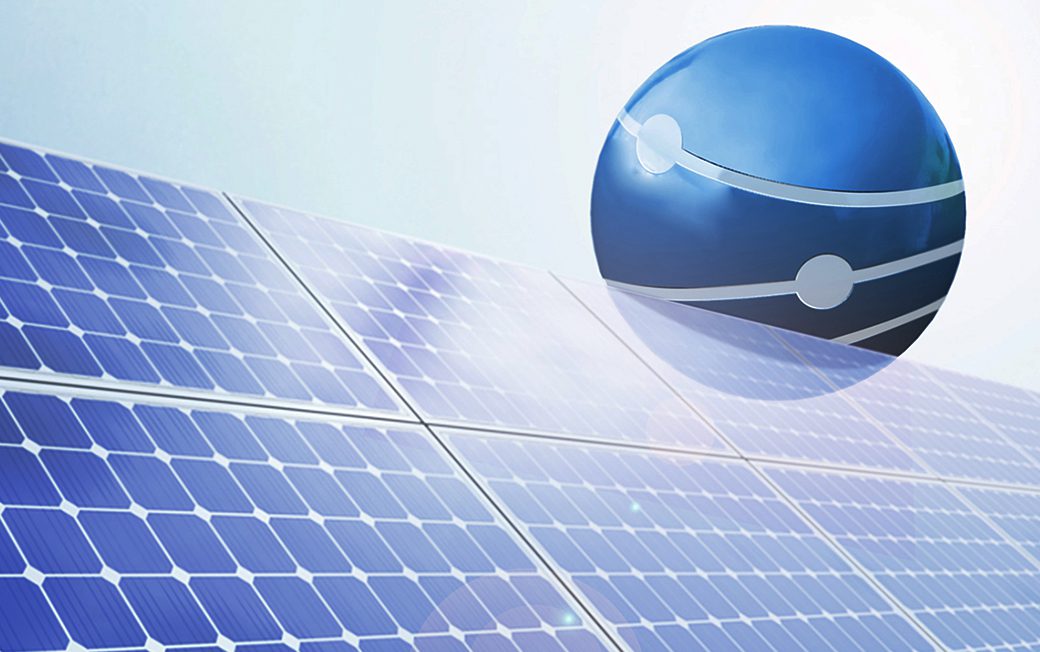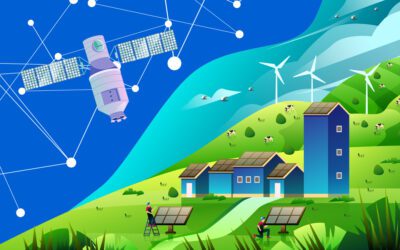Optimising system performance At a time when environmental and energy security concerns are prevalent, solar power systems are becoming an increasingly essential source of renewable energy. More individuals and businesses are turning to solar power to meet their energy needs, reduce costs and guarantee independence.
However, solar power systems are complex and require maintenance and careful monitoring to ensure optimal performance. With this in mind, we analyse the benefits of solar power monitoring systems and explore how monitoring technology benefits you.
Optimising system performance Detecting faults in the system
Monitoring systems’ ability to identify and localise system faults is arguably their principal benefit. Issues arise for several reasons and, to some extent, must be expected and mitigated. System degradation, equipment issues, weather damage and shading can all impact performance and potentially result in complete system failure.
Monitoring systems like s-EM continuously analyse system performance and alert users whenever a fault or issue arises. For instance, s-EM’s advanced diagnostic functionality provides users with information detailing the exact components involved and the root cause of the problem.
Optimising system performance
Monitoring systems also optimise performance, increasing energy yield and maximising the ROI on your solar infrastructure. By understanding the cause of system inefficiencies, project managers can take remedial action to boost performance. Whether that means replacing a component, relocating panels or making changes to the surrounding environment, monitoring systems provide the evidence you need to make informed decisions.
Optimising solar power system performance helps maximise energy production while increasing the system’s lifespan and reducing overall costs. It is central to effective project management and impossible without advanced analytics and real-time data inputs from monitoring systems like s-EM.
Predictive maintenance
While accurately identifying existing and emerging issues is a core function of any effective monitoring system, advanced monitoring software also incorporates predictive maintenance capabilities. For instance, s-EM uses innovative AI technology to identify potential issues before they occur and implement preventative measures.
Leveraging advanced Machine Learning algorithms, s-EM can predict issues with unhealthy PV plan inverters, allowing on-site staff to take corrective action and prevent equipment damage or downtime. This also extends the system’s expected lifespan and minimises the scope for costly repairs.
Remote monitoring
Advanced monitoring systems ensure you can monitor your solar power system remotely from anywhere in the world. Thanks to a cloud-based platform, analytical data is easily available via any digital device, be it a smartphone or laptop. This guarantees flexibility and benefits individuals and organisations responsible for multiple solar power systems and sites.
Remote monitoring offers access to real-time performance data and off-site troubleshooting while providing a degree of system control. It is particularly useful to take under control large-scale solar power systems. With s-EM, remote access to data is complemented by satellite-based plant construction monitoring, so you can use detailed satellite images to ensure your project is on track and going to plan.
Compliance reporting
Finally, monitoring systems for solar power systems are remarkably valuable when it comes to compliance reporting. Many countries, regions and organisations have specific regulations you must meet to ensure compliance. Managers also submit performance data to business leaders and partners to demonstrate that they are hitting their KPIs. These reporting processes can be both complicated and time-consuming.
Monitoring systems simplify this process significantly by collecting all relevant performance data and generating compliance reports automatically. This automation combined with data harmonization saves time, money and energy that can be directed elsewhere to higher-value tasks.
This automation combined with data harmonization saves time, money and energy that can be directed elsewhere for higher value activities.
Monitoring systems maximise solar potential
The advantages associated with implementing solar power monitoring systems are numerous. Such systems harmonize different types of data, identify faults, optimise system performance, perform predictive maintenance, allow for remote monitoring and simplify reporting. In doing so, they increase the ROI on your infrastructure, extend its lifespan, reduce costs and maximise solar potential.
With solar infrastructure growing in size and scope to match consumer, business and industry demand, advanced monitoring systems like s-EM are now considered an essential component in any effective solar power system.
To learn more about s-EM, the advanced solar power monitoring solution from energy management specialists i-EM, head to our renewable solar page or contact a friendly, professional and experienced team member.
Learn more about s-EM
s-EM provides data analysis for solar
Get the true value of data and use them properly. The suite of i-EM solar solution increase yield and decrease operational costs, maximising performances with different services: power forecast, predictive maintenance, smart monitoring, sensor check, satellite-based plant construction monitoring and UAV data management.







